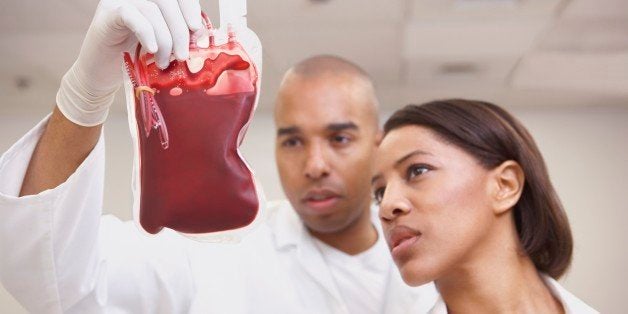
In today's rapidly changing American health care system, one problem -- a critical shortage of doctors -- threatens to dwarf all other concerns.
The situation is already bad. The United States has a current shortage of 16,000 primary care physicians, "the very doctors," to quote the AARP, "who offer the treatments and preventative screenings that save lives and head off expensive emergency room visits and hospitalizations." But the situation is getting worse. According to the Association of American Medical Colleges (AAMC), the shortage of new doctors will reach 91,500 by 2020. Five years later, that number will climb to 130,600.
Through the years, there has often been a shortage of doctors in rural America with many communities having only one doctor, some not even that. That's because twenty percent of the population lives in rural areas, but only nine percent of the nation's doctors work there. These days, though, the shortage is not confined to rural communities; it's also affecting cities and the suburbs.
Part of the problem is generational as Baby Boomers start to retire. "Our country is aging fast," AAMC president Darrell G. Kirch observed last year. "The population of older Americans will double between 2000 and 2030. In fact, Baby Boomers will turn 65 at a rate of 10,000 per day for the next 19 years.... This translates to a new Medicare beneficiary every eight seconds."
Then there's Obamacare. As the law takes hold, an increasing number of uninsured Americans -- 48 million before the law was passed -- are coming into the health care system. "Access problems [to doctors]," The New York Times recently noted, "could be exacerbated by [Obamacare], which extends Medicaid coverage to millions more Americans, and expands coverage through private plans."
That many doctors themselves are aging doesn't help. Of the 830,000 doctors practicing today, almost half are older than 50. Not only are they seeing fewer patients, many are looking to retire as soon as possible in part because of pressures created by the changing medical field. Some studies suggest one third of all doctors now in practice will retire over the next decade and a half.
The medical profession is trying to respond to this crisis. Some states may follow the lead of Missouri where a new law allows a medical school graduate to practice as an "assistant physician" under a "collaborating physician" without going through a residency. A number of medical schools -- like the School of Medicine at Texas Tech University -- are reducing the number of years a medical student studies from four to three, trying to speed up the rate at which doctors can be turned out.
But as American medical schools struggle to keep up with demand, one source of new doctors that can help fill the shortfall is Caribbean medical schools. Historically, these schools have been stigmatized, and some of the current schools still lag behind their American counterparts. But there are good schools there too, like Ross University School of Medicine and the American University in Antigua School of Medicine. Any medical school graduate, no matter what institution he attended, either domestic or foreign, must pass the same board exams administered by the American Board of Medical Specialties in order to practice in the United States. This prevents unqualified doctors from going into practice.
Besides passing the boards, a graduate must also earn a residency. American University in Antigua, for one, has seen notable success in this area. More than three fourths of its graduates receive primary care residencies, which is especially valuable since many of these doctors end up practicing in underserved urban areas. Only 17 percent of AUA's student population is Caucasian, and a large number of their graduates return to their community of origin to practice.
That was the career path chosen by Tanya Menard, a child psychiatrist practicing in New York. Originally from Flatbush in Brooklyn, where many residents have ties to the Caribbean, Menard looked to return to her family's roots when she finished her bachelor degree at the State University of New York at Binghamton. She selected AUA because of its location in Antigua and, after finishing her studies, received a coveted residency at King's County Hospital in Brooklyn, where she was able to work in the neighborhood she grew up in. Now affiliated with North Shore-Long Island Jewish, Menard works with youth in crisis. "Everyone has to make his own choice about medical school," Menard says. "The path I chose was right for me. I couldn't be happier with my decision."
As a national doctors shortage worsens, many answers will present themselves. Some may represent a break from the past. The path to becoming a doctor Tanya Menard took may be one solution that becomes more prevalent in the medical field in the future.
Correction: This post misidentified the organization charged with administering medical board exams as the American Medical Association. Board exams are administered by the American Board of Medical Specialties.
